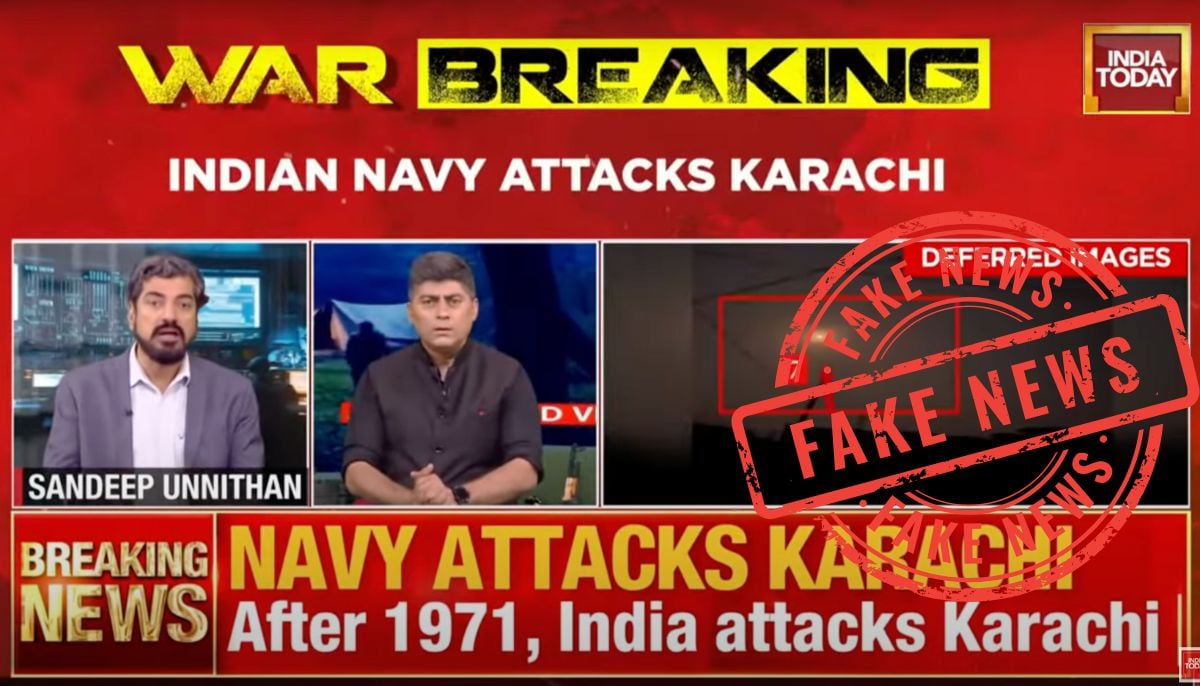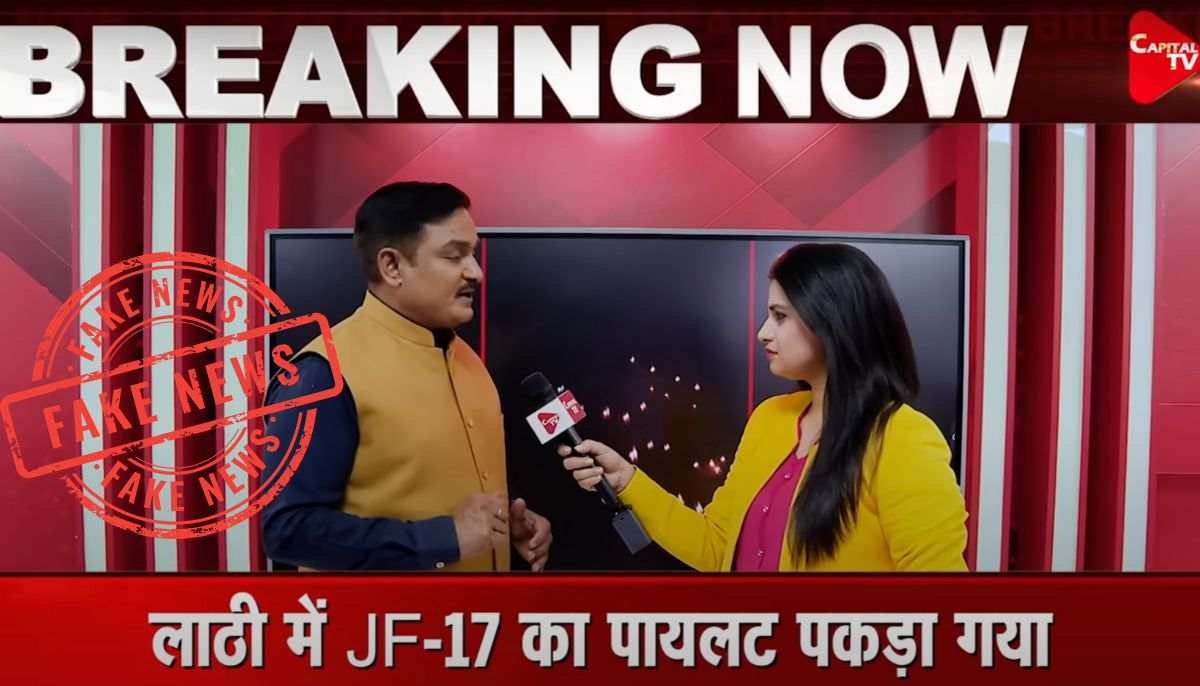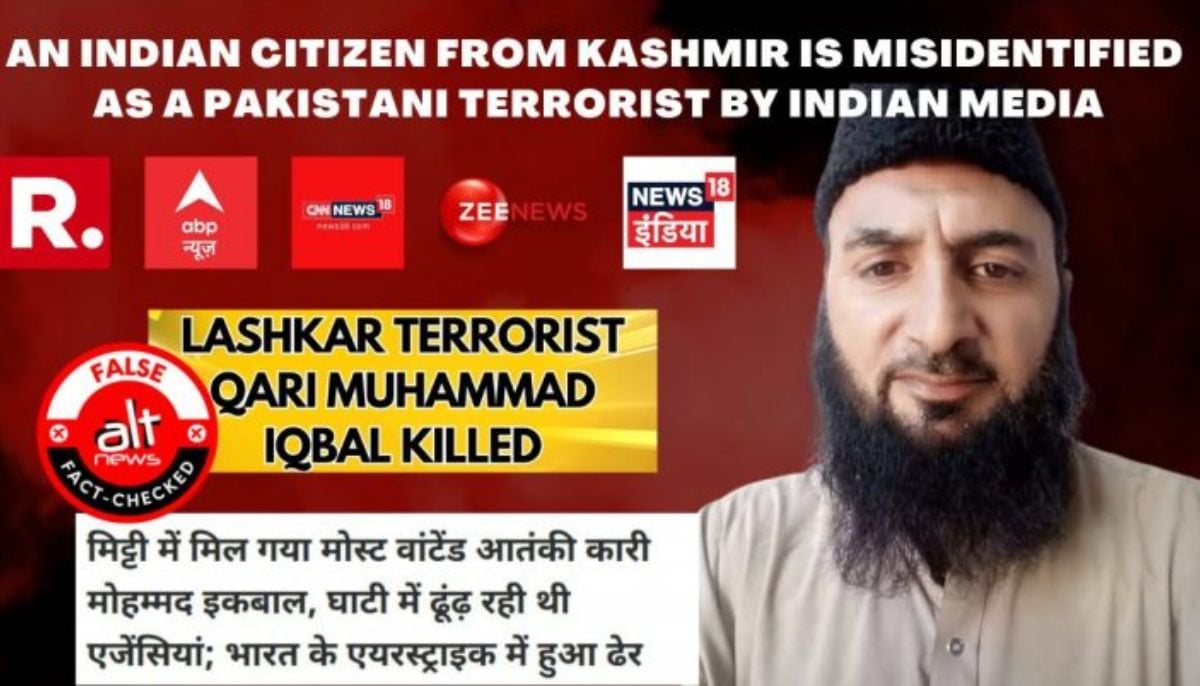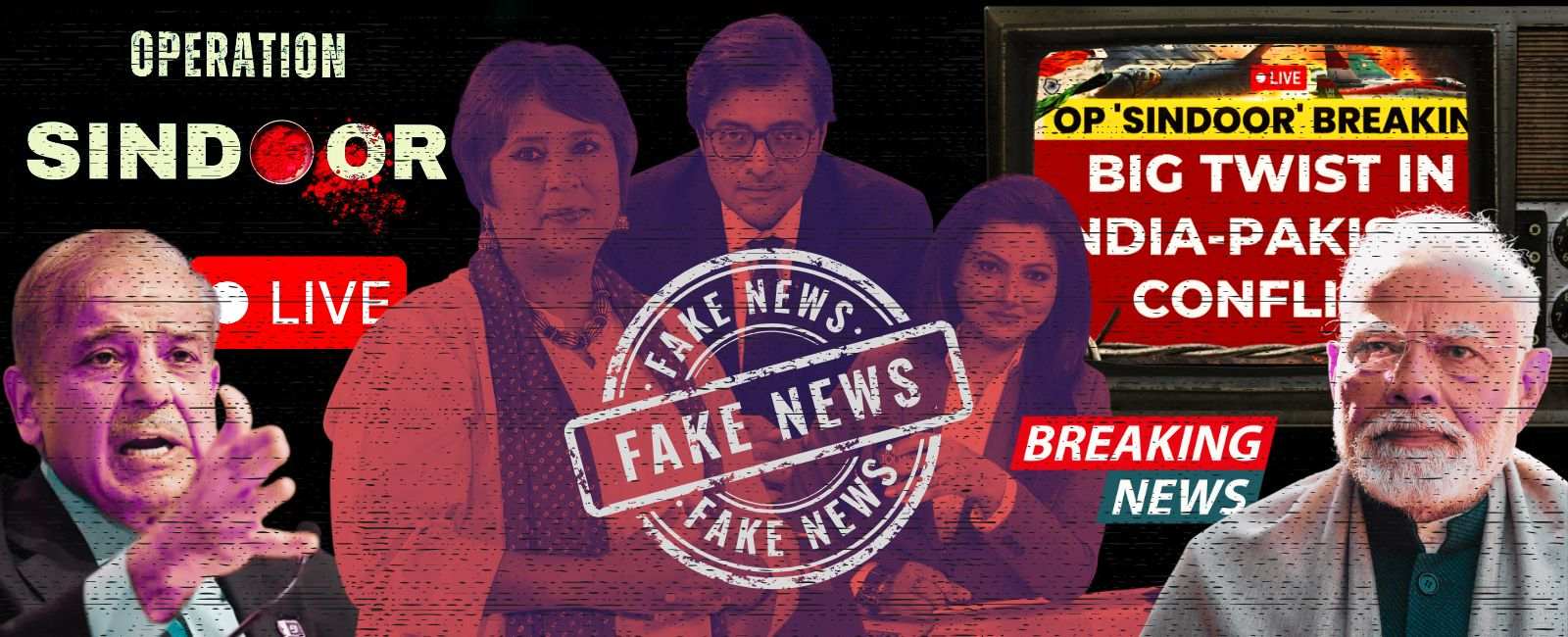The outrage machine
When a public is trained to see enemies everywhere, it begins to search for them even when the script runs out

“Gentlemen and ladies, hold the presses,” declares Elliot Carver, the media mogul and the villain in the James Bond film ‘Tomorrow Never Dies’, as he prepares to launch his satellite news network.
“This just in: by a curious quirk of fate, we have the perfect story with which to launch our Satellite News Network tonight. It seems a small crisis is brewing in the South China Seas. I want full newspaper coverage. I want magazine stories. I want books. I want films. I want TV. I want radio. I want us on the air. This is our moment! And a billion people around this planet will watch it, hear it, and read about it from the Carver Media Group. There's no news like bad news.” he says, barely concealing the glee of a man who sees war not as tragedy, but as prime-time spectacle.
Carver, the fictional media tycoon from the Bond film in question, is less a journalist and more an architect of reality. Instead of waiting for the news to happen, he scripts it. Action precedes causality in his universe. The narrative is drafted before the first shot is fired, and the war is won in headlines long before it's waged. His empire feeds off crisis, real or invented, weaving spectacle into narrative until the line between fact and fabrication collapses. The war he conjures may be imaginary, but the headlines land all the same. And in his world, it is not truth, but the appearance of truth, that holds sway.
Does it sound familiar?

It should because the Indian prime-time television has been running its own Carver sequel all of this past week. Only this time, the villain isn’t a Hollywood character, but a cacophony of news anchors shouting into split screens. “Pakistan has been invaded, its cities have fallen, its army chief arrested, and its prime minister is reportedly hiding in a bunker.” If Carver were around today, he’d probably take an early retirement, sit back and watch his wildest fantasies broadcast as breaking news.
In the great circus of Indian ‘news’ media, where the anchors double as war correspondents and studio sets transform into battlefields, the recent India-Pakistan tensions have been nothing short of a blockbuster. Competing with the glitz of Bollywood, the allure of OTT (Over-the-top) media platforms, and the endless scroll of social media, the Indian news channels seem to have found their golden goose: "war." They seem to have cracked the formula: why fact-check when you can fire missiles, even if only metaphorically, in every broadcast? For them, the recent flare-up with Pakistan was more of a marketing opportunity than a diplomatic or military event. A ratings bonanza, if I may. An excuse to roll out the CGI tanks, dial up the background music and the war sirens, and scream “BREAKING” until the advertisers clap. Forget nuanced analysis. The outrage sells, nationalism sells, and apparently, fictional invasions really move the needle.
Television journalism in India couldn’t have always been this absurd. So what happened? What led to this spectacular nosedive from watchdog to warmonger, from newsroom to noise machine? The answer lies somewhere between crumbling editorial ethics, a suffocating race for TRPs (target rating points), a shift in the audience, and, most importantly, the realisation that outrage, not accuracy, keeps the cash flowing.
I’ll explain.

Indian news channels aren’t speaking to TV audiences anymore; they’re feeding the beast that lives online, the trolls, the echo chambers, the meme pages that turn warmongering into viral gold. According to a recent joint publication by the Federation of Indian Chambers of Commerce and Industry and Ernst & Young (the FICCI-EY report), digital media now accounts for 32% of India’s entertainment sector, making it the single largest revenue stream. In other words, the clicks, shares, and rage-fuelled engagement online aren’t just noise, they’re profit. Thus, in a media market where digital platforms now drive the biggest chunk of revenue, facts are just speed bumps on the road to maximum engagement. So, they invent, distort, and dramatise, not because they’re misinformed, but because they know exactly what their audience wants: rage, revenge, and a constant supply of enemies.
This is where the story leaves the studio and enters your screen, or rather, the algorithmic bloodstream that determines what you see, feel, and believe. In the platform economy, visibility is currency, and outrage is the exchange rate. Social media algorithms don’t reward accuracy, nuance, or responsibility; they reward velocity, emotional charge, and repeat engagement. A piece of hate-laced disinformation gets amplified not because it’s true, but because it’s incendiary, and the algorithms are engineered to surface exactly that. What begins as a shout in a newsroom becomes a roar online, recycled endlessly through memes, reels, forwards, and bot-boosted campaigns. The news channels may light the fire, but it’s the platforms that pump oxygen into it until it becomes a blaze. Simply put, it's lucrative, relentless, and almost impossible to contain.
And while this is happening, let’s not kid ourselves: the platforms aren’t helpless. They’re profiting. Every video watched, every comment war, every viral lie drives engagement, which drives ad impressions, which drives revenue. It’s a perfect marriage between the politics of the majority and the mathematics of the feed. When hate goes viral, platforms win, and they know it. This isn’t a glitch, it’s the business model. The media manufactures the rage, the platforms deliver it to the doorstep of millions, and everyone along the supply chain gets paid. Except, of course, the people caught in the crossfire, the truth, the minorities, and any hope of peace in a region already on edge.
But the rage isn’t just a byproduct of all this. It's the engine.
It begins with the media, which churns out sensationalist content designed not to inform, but to provoke. That content is published on social media platforms to ride the hate-wave, where algorithms elevate what’s most inflammatory. The more furious the viewer, the more they click, share, and comment. The more they engage, the more valuable they become to both the so-called newsrooms and the platforms. And that angry, polarised audience? It doesn’t just sit back. It votes. It marches. It spreads the outrage further. It becomes the political capital that’s easier to control than to convince.
At the heart of this machine sit the political demagogues who aren’t just the beneficiaries but the very architects of the cycle. They thrive in atmospheres thick with paranoia and pride, where complexity is the enemy and enemies are always in ready supply. It’s their script the media echoes, their talking points that go viral, and their favour that decides which voices are amplified and which are drowned out. They don't merely feed off the public rage. They manufacture it, seed it, and weaponise it. The media serves them, the platforms serve them, the angry majority rallies behind them, and in return, they serve themselves power, immunity, and a permanent place atop a system built to reward division.

To be fair, this is not a uniquely Indian phenomenon. It is the global playbook. The names may change, the faces on the screens may vary, but the structure remains the same. Outrage passed off as news, algorithms that reward anger, and political demagogues who thrive on division. The formula is simple: incite, amplify, monetise.
What these factories produce isn’t journalism, it is engineered affirmation. Content designed not to inform, but to sedate the viewer in their own biases. It rewards rage, punishes doubt, and replaces inquiry with emotional gratification. And the psychological toll is no longer speculative. A 2023 study found that prolonged exposure to polarising media narratives not only increases anxiety and stress but also physically rewires the brain, weakening its ability to process nuance, tolerate ambiguity, or even recognise manipulation.
This is the model most of the Indian broadcast news outlets have embraced. The goal is to compete with the plethora of infotainment and entertainment content available to the modern-day content consumers, grab their attention to the fullest, and maximise profits. But the cost is a public slowly being unmoored from reality. As the audience becomes more agitated, the media gives them more sensation. As they get more, they demand louder, bloodier, simpler answers. And so the cycle continues until it becomes a closed loop of outrage and affirmation that turns citizens into fanatics, voters into mobs, and viewers into war-mongers.
What is being cultivated in the Indian news media night after night is a kind of mass psychosis; a public so overstimulated, so perpetually provoked, that calm appears suspicious and the very idea of peace feels unnatural. While this cycle may serve Narendra Modi and his political machinery in the short term by stoking majoritarian pride, silencing dissent, and keeping the public in a constant state of mobilisation, it is not something that can be controlled forever. The media, the platforms, and the politicians may believe they are stage-managing the outrage, but the spectacle has a life of its own. When a public is trained to see enemies everywhere, it begins to search for them even when the script runs out. And sooner or later, that anger finds a new target, sometimes turning on the very people who helped create it.
Asad Baig is a journalist and the founder of Media Matters for Democracy. His work focuses on media freedom, digital rights, and the political economy of disinformation in South Asia. He posts on X @asadbeyg
Header and thumbnail illustration by Geo.tv




